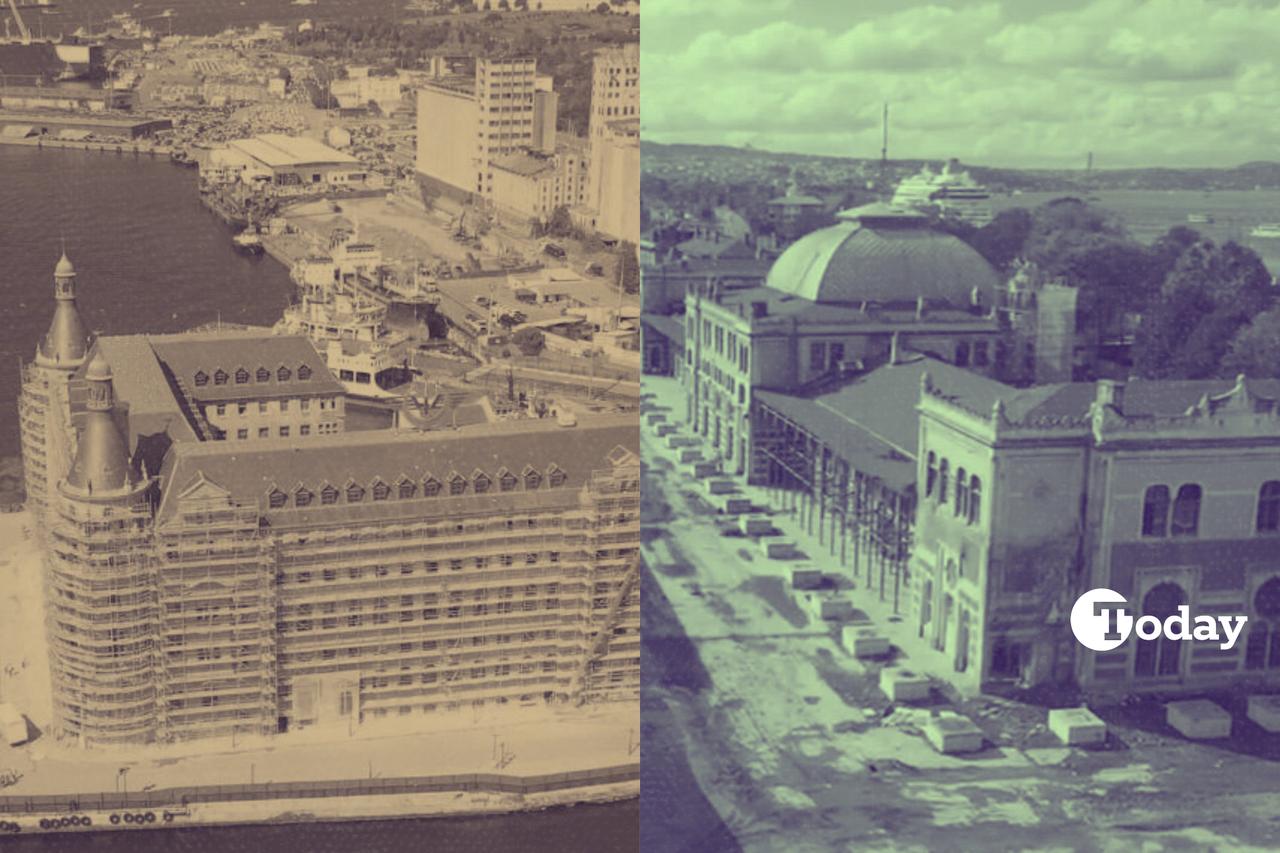
Istanbul’s twin railway landmarks, Haydarpasa and Sirkeci, are being reimagined as an integrated culture and arts campus under a joint heritage and urban renewal initiative by Türkiye’s Ministry of Culture and Tourism and the State Railways Administration.
The plan keeps rail operations in place while opening up museums, libraries and public venues to widen access to the city’s past and present.
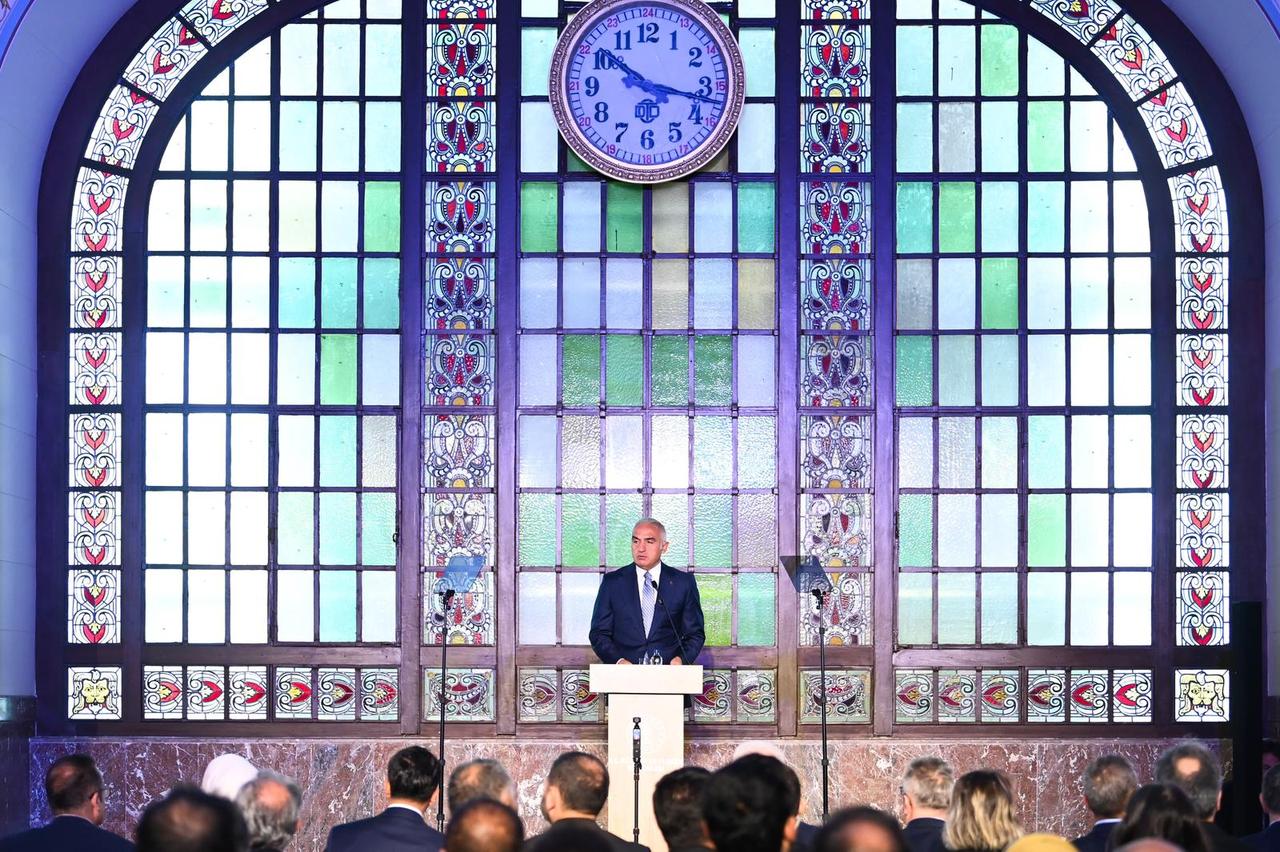
Culture and Tourism Minister Mehmet Nuri Ersoy framed the approach as methodical and evidence-based, noting that every step “is taken under the guidance of experts and supported by scientific tests and analyses.”
The overall goal is to protect the architectural legacy of both stations and, at the same time, bring cultural life back into their historic halls and surrounding grounds.
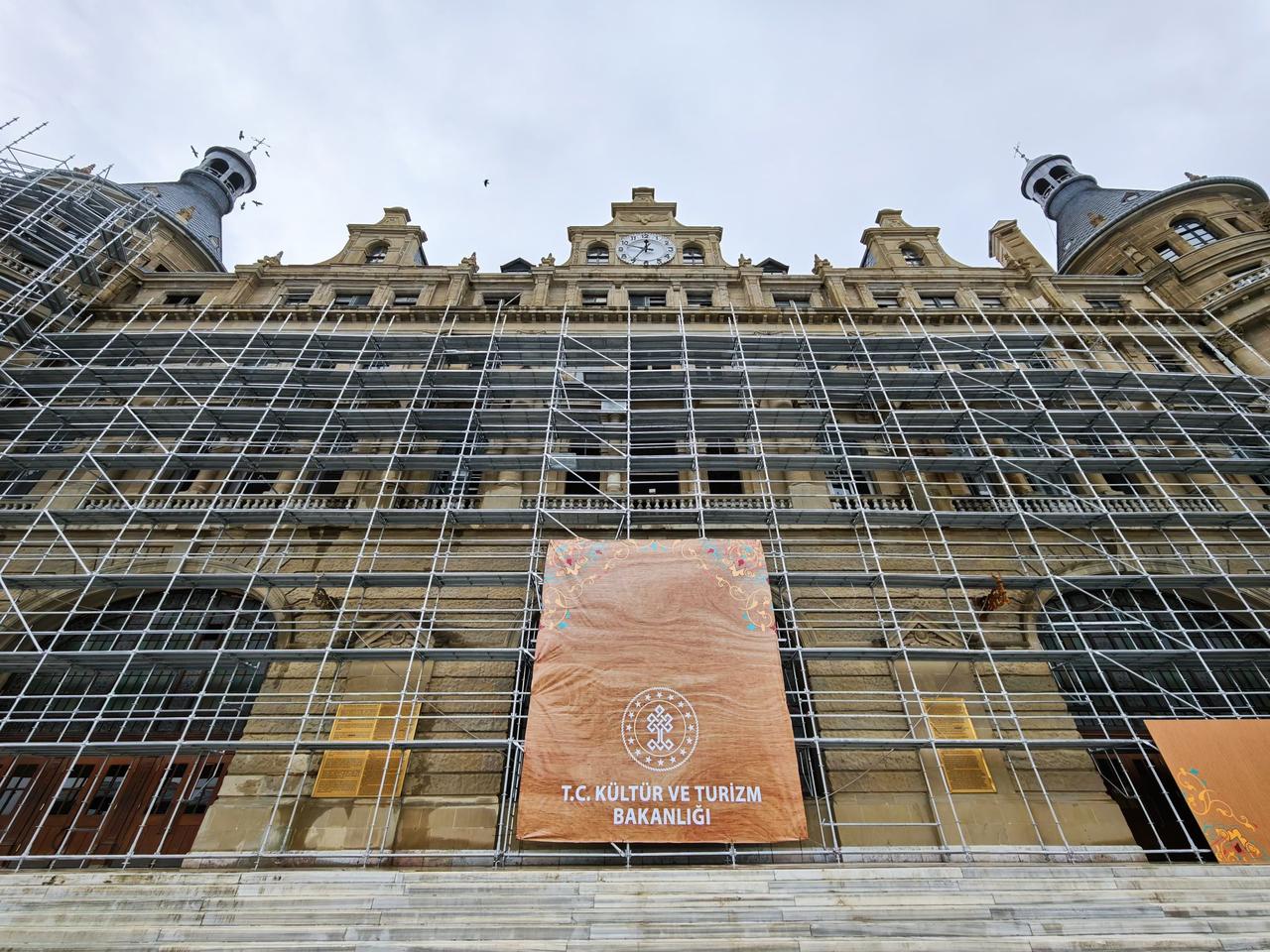
Set on the Kadikoy waterfront, Haydarpasa was found to be at risk of structural failure after modern ground scans showed serious damage to its foundation system.
Built between 1906 and 1908 by German architects with the help of 1,500 Italian stonemasons, the terminal originally stood on more than 1,000 wooden piles; only about 200 were still intact when the latest studies were carried out.
Engineers have now reinforced the ground with contemporary stabilization methods to secure the building for long-term use, echoing risk-oriented conservation seen at Galata Tower and Maiden’s Tower.
Plans for Haydarpasa include an archaeopark—an open-air space where archaeological remains are displayed in place—allowing visitors to see relics linked to the ancient “City of the Blind.”
The project also features a new archaeology museum to fill the long-noted gap on Istanbul’s Asian side and a performing arts center offering year-round programming.
The illustrated video shows the restoration process at Istanbul’s historic Haydarpasa Station on the Asian shore, part of Türkiye’s cultural heritage renewal project. (Video via Ministry of Culture and Tourism)
Inside the main building, a modern library, a digital library, a children’s library, and a healing center affiliated with the Manuscript Institute will open up the station to learners of all ages.
As the minister put it, “Haydarpasa will once again become a living space.”
Aerial footage captures the ongoing restoration of Sirkeci Station on Istanbul’s European side, overlooking the Bosphorus. (Video via Ministry of Culture and Tourism)
On the European shore, Sirkeci—long known as the “Gateway to the West”—was designed by German architect August Jasmund and opened in 1890.
It served as the final stop of the famous Orient Express (a historic long-distance passenger train) and stands out for a style that mixes Orientalist motifs with neoclassical symmetry.
After experts detected soil liquefaction (a condition in which water-saturated soil temporarily loses strength) beneath the site, ground strengthening to a depth of 24 meters (78.7 feet) was completed under archaeological supervision to protect underground cultural layers as the terminal moves into its next chapter.
Animated aerial visualization depicts the ongoing restoration of Sirkeci Station on Istanbul’s European side, overlooking the Bosphorus. (Video via Ministry of Culture and Tourism)
Sirkeci’s revival will center on cultural uses that speak to travel, movement and encounter.
A railway museum, a migration museum, a travel library and temporary exhibition halls will turn the precinct into a pedestrian-friendly public square.
The station’s pink-toned facade, horseshoe arches and stained-glass windows will continue to define the area beside the Historic Peninsula, even as the building welcomes new visitors and ongoing passengers.
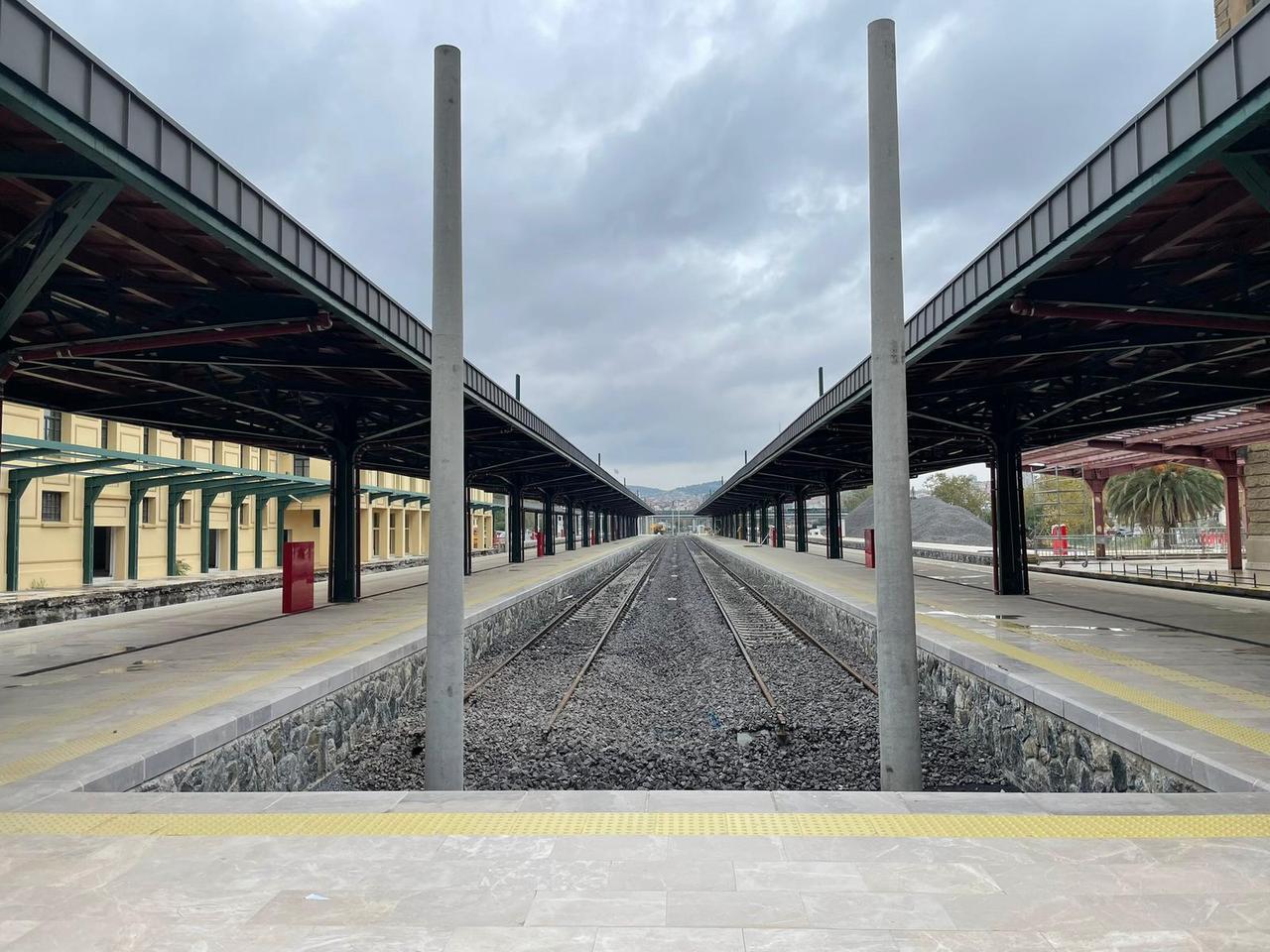
Sirkeci’s visual language—rational construction paired with decorative elements drawn from Islamic art—captures late Ottoman aspirations to modernize without losing continuity.
That blend later informed the work of leading Turkish architects, including Mimar Kemalettin.
Haydarpasa, with its U-shaped plan, high ceilings and pointed rooflines, tells a parallel story of early 20th-century engineering ambition.
Both sites have weathered crises, from an explosion in 1917 to a roof fire in 2010 at Haydarpasa, with each shock followed by extensive restoration and, in 2016, a comprehensive preservation program approved by the Monuments Council.
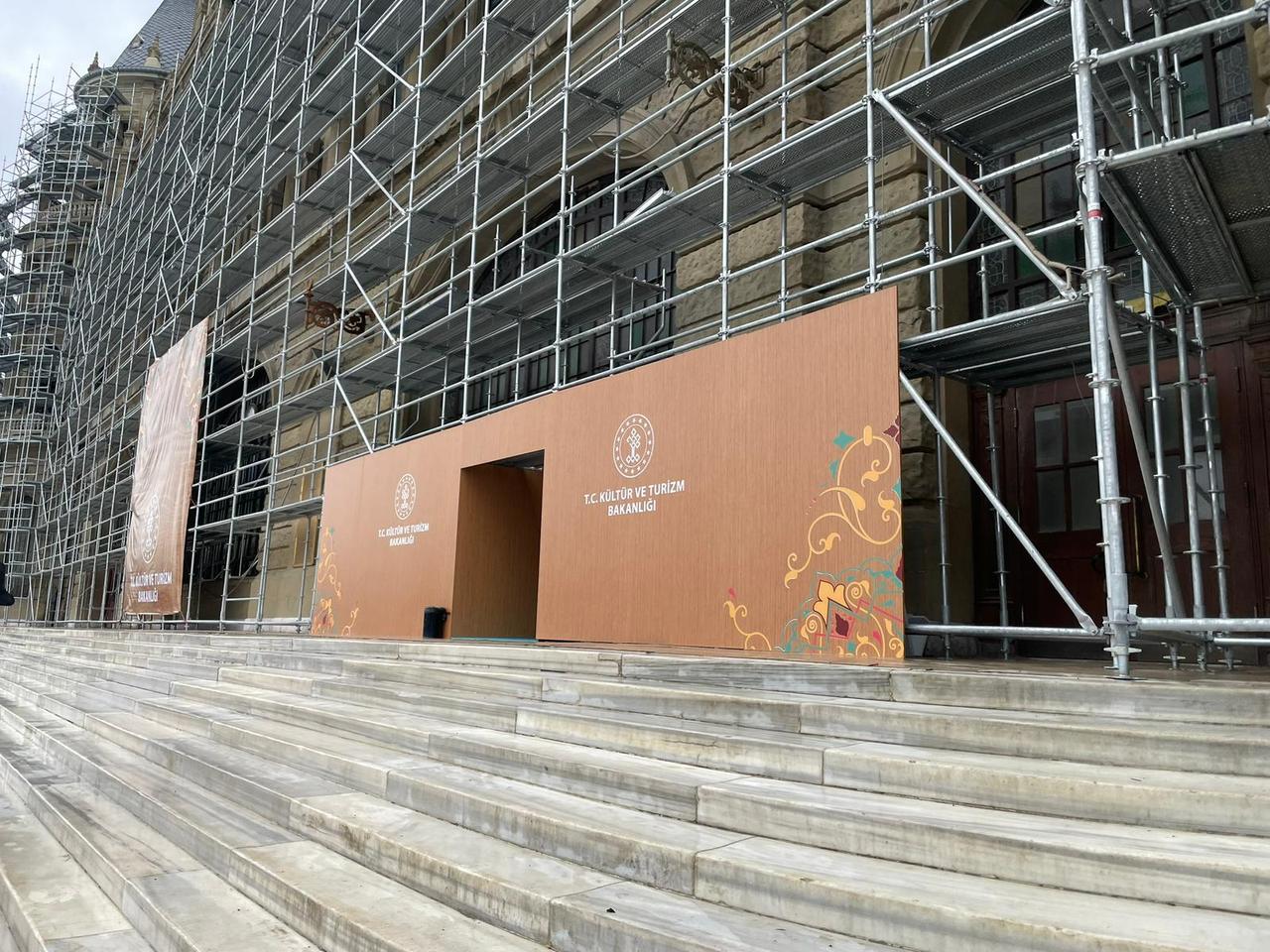
Together, the stations are set to form what the minister described as “Istanbul’s new culture and arts island,” a combined destination where travelers still catch trains but also drop by for exhibitions, performances and reading rooms.
The project aims to add to everyday life while protecting the layered identity of a city that has always stood at the meeting point of continents.
As Ersoy concluded, the outcome “will add value to the lives of Istanbul’s people and create lasting impact for future generations.”